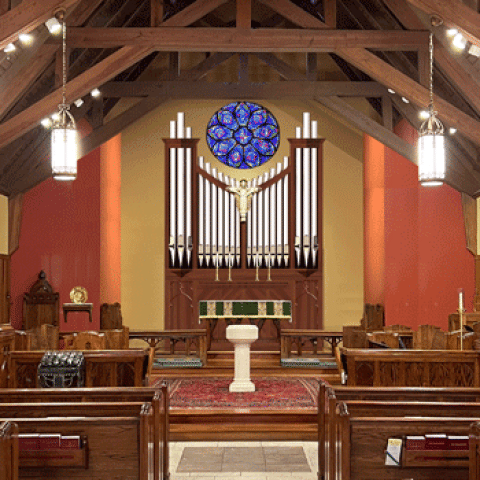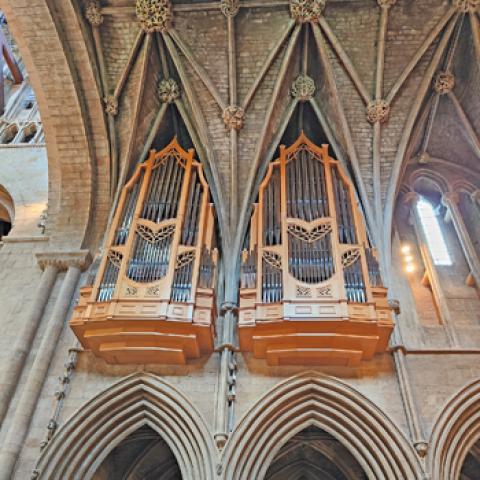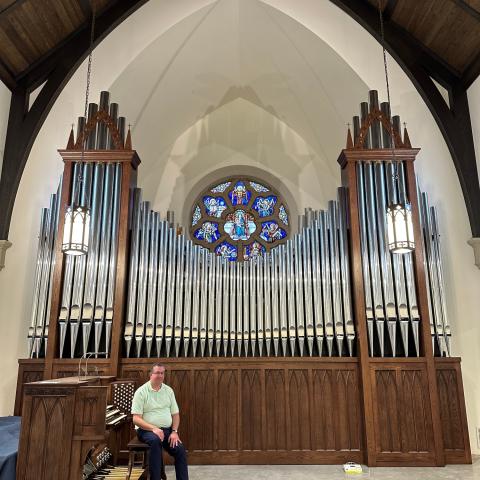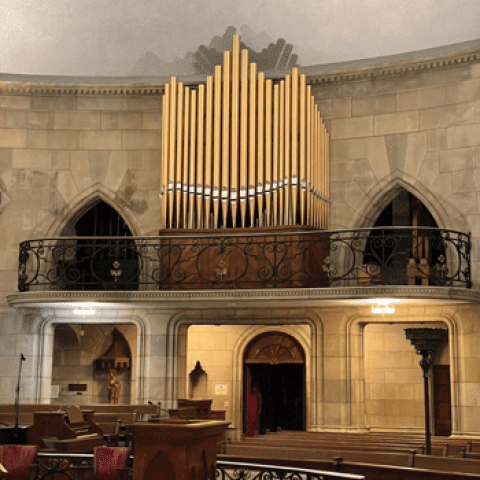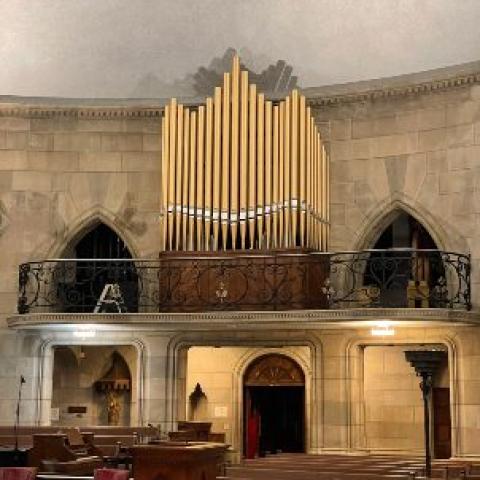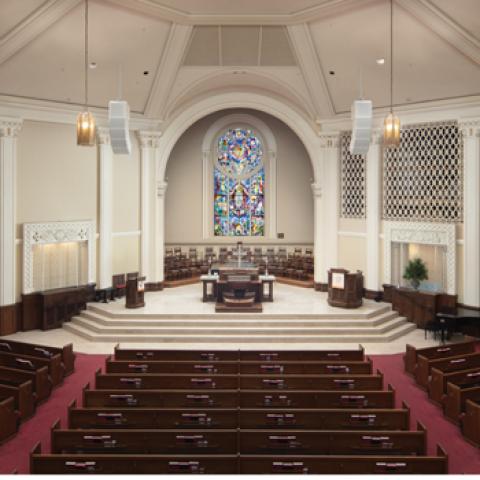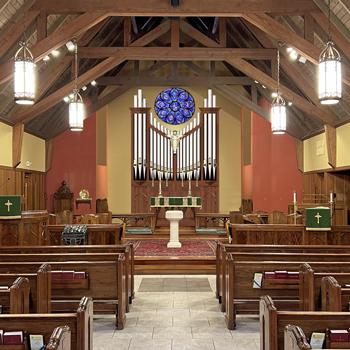
Kegg Pipe Organ Builders have been commissioned to build a new pipe organ for St. Andrew's Episcopal Church in Houston, Texas. For the new three-manual 28-rank organ, the Great and Pedal will be housed in a center case with Choir and Swell in newly enlarged side chambers. The new organ replaces a smaller instrument that was installed in the rear, with console and choir in the front. The new organ will be installed in January 2025. Music Director is John Kirk.
For information:
https://www.keggorgan.com/blog/st-andrews-episcopal-church-houston-texas
Other recent organ builder news:

